Control of Singularity (In the Forest of the Night)
 |
| dat beach chair tho |
It’s October 25th, 2014. Ludvig van Beethoven has written Three Piano Trios, Op. 1, Joseph Haydn has written his 103rd and 104th symphonies, and Antonio Salieri debuts his opera Palmyra. In news, King Abdullah of Saudi Arabia dies, prompting David Cameron and Prince Charles to immediately fly to Saudi Arabia to pay their respects. Houthi forces seize the presidential palace in Yemen, leading to the resignation of the President. And in Marysville, Washington, a student with a handgun kills four people including a girl who had romantically rejected him. In another town where that sort of thing is all too familiar, a girl who doesn’t know she is one watches television, where a forest grows from nowhere.
It’s 1795. Mark Ronson and Bruno Mars are at number one with “Uptown Funk.” Hozier, Ed Sheeran, Philip George, and Meghan Trainor also chart. In news, the Roman Catholic Church has beatified Pope Paul VI, while a man with a hatchet in New York City attacked two police officer. In Lambeth, William Blake, fresh off of the first printings of the combined Songs of Innocence and of Experience, goes for a walk. He happens upon an acorn, and plants it in the ground.
It is somewhere in late January or early February, 2015. Meghan Trainor continues to be all about that bass, while One Direction, Vampis, and Eminem also chart. In news, the US and UK governments ratify the Jay Treaty, a series of bread riots break out across Great Britain, culminating in King George being pelted with stones, and a meteor strikes a few yards from ploughman John Shipley in Wold Newton. The occupants of two carriages riding past have their genetic makeups shifted due to ionization, creating the extraordinary family trees of the Blakeney and Greystoke families, from which such luminaries as Tarzan, Sherlock Holmes, and Doc Savage will arise. And a game between Ghana and Sierra Leone in the African Cup of Nations is abruptly cancelled due to an unexpected forest growing over the entire world.
In druidic traditions, the tree fixes the structure of the world, defining and connecting the spaces of the various planes. In this regard, it is allied with Omega—compare “Times upon times he divided, and measur’d / Space by space in his ninefold darkness” with the Nordic Ygdrassil, which provides the structure and ordering of the nine worlds. The tree is an agent of fixity and single vision; absolute, monolithic, and simply there—a fact. The acorn dropped by William Blake in 1795 persists three hundred and twenty years later, is the same thing, “a tiny little bit of 1795” emboited forever inside it. A tree is a time machine, but not like a TARDIS.
Deleuze and Guattari describe this phenomenon in their famous introduction to A Thousand Plateaus. The tree “the image of the world, or the root the image of the world-tree. This is the classical book, as noble, signifying, and subjective organic interiority (the strata of the book).…

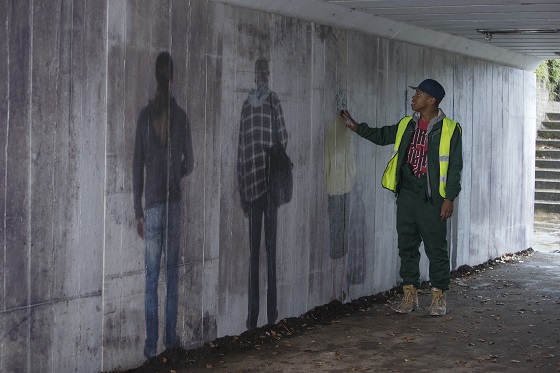
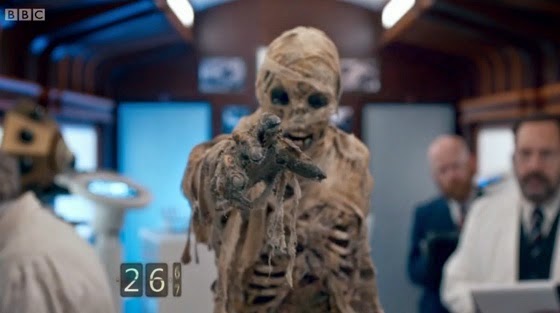
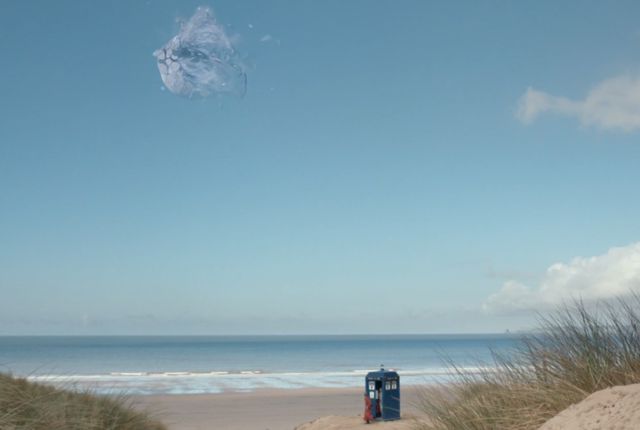

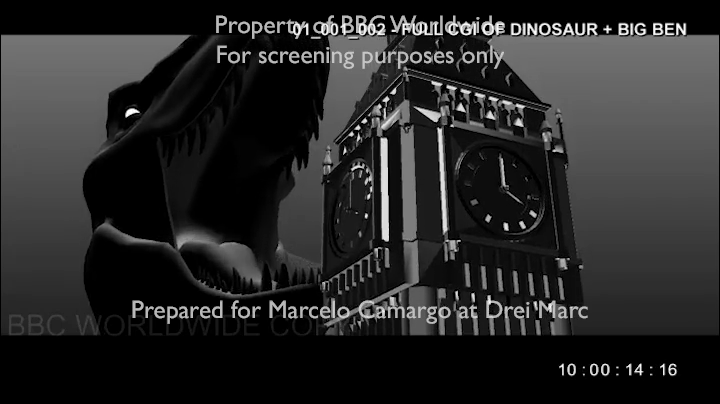 In early July 2014 it emerged that a server at a BBC Worldwide had been improperly secured and had been hacked, resulting in the leak of scripts for the first five episodes of Season Eight. A few days later it became clear that the leak was worse than it had initially appeared as a workprint of Deep Breath also appeared on torrent sites, followed, over the course of the next month and a half, by workprints of the other five episodes. The files had been prepared for a Brazil-based subtitling company called Drei Marc, and specifically for a gentleman named Marcelo Camargo who, despite having absolutely nothing to do with the leak itself, became the name most associated with it.
In early July 2014 it emerged that a server at a BBC Worldwide had been improperly secured and had been hacked, resulting in the leak of scripts for the first five episodes of Season Eight. A few days later it became clear that the leak was worse than it had initially appeared as a workprint of Deep Breath also appeared on torrent sites, followed, over the course of the next month and a half, by workprints of the other five episodes. The files had been prepared for a Brazil-based subtitling company called Drei Marc, and specifically for a gentleman named Marcelo Camargo who, despite having absolutely nothing to do with the leak itself, became the name most associated with it.
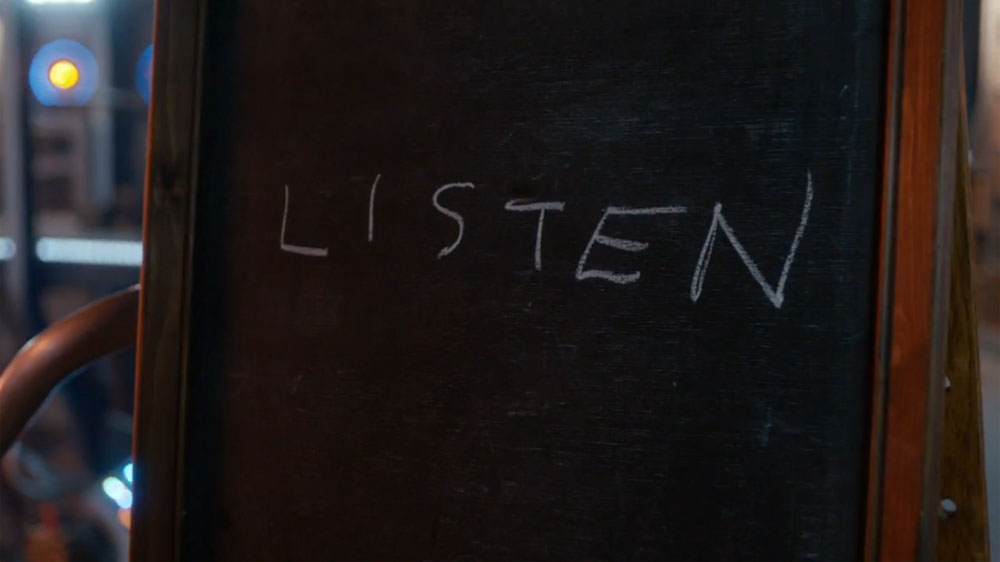
 For all that the Capaldi era marks a golden age for the series, it also marked a heavy decline in the show’s mass popularity. This was, contrary to paranoiacs on GallifreyBase, not a precipitous decline into crisis—the revived series has still never gone below 30th place in the weekly rankings, which puts its cultural footprint in the general vicinity of the Letts and Hinchcliffe eras. But this is still quite the falling from being the biggest show on television. And the fall is visible outside of ratings. The merchandising explosion that peaked around Series 5 had well and truly dried up by now, with only a handful of action figures for the Capaldi era ever filtering out. (So far as I can tell, Bill never even got one.) The rush of shorts that accompanied all of the Matt Smith seasons and peaked with Night of the Doctor abruptly stopped. Even the tie-in novels, which had released at a rate of at least six a season since the show’s debut, dwindled to three per year. This is admittedly still three more novels than Line of Duty or Call the Midwife put out in a year (although Broadchurch turns out to have been surprisingly prolific), but again, it’s a step back for Doctor Who’s omnipresence.
For all that the Capaldi era marks a golden age for the series, it also marked a heavy decline in the show’s mass popularity. This was, contrary to paranoiacs on GallifreyBase, not a precipitous decline into crisis—the revived series has still never gone below 30th place in the weekly rankings, which puts its cultural footprint in the general vicinity of the Letts and Hinchcliffe eras. But this is still quite the falling from being the biggest show on television. And the fall is visible outside of ratings. The merchandising explosion that peaked around Series 5 had well and truly dried up by now, with only a handful of action figures for the Capaldi era ever filtering out. (So far as I can tell, Bill never even got one.) The rush of shorts that accompanied all of the Matt Smith seasons and peaked with Night of the Doctor abruptly stopped. Even the tie-in novels, which had released at a rate of at least six a season since the show’s debut, dwindled to three per year. This is admittedly still three more novels than Line of Duty or Call the Midwife put out in a year (although Broadchurch turns out to have been surprisingly prolific), but again, it’s a step back for Doctor Who’s omnipresence. Eruditorum Press is delighted to bring you a guest post from the esteemed Institute of Gremlins 2 Studies, which easily the most intelligent and erudite voices in media criticism and indeed any field working today. You can read their output
Eruditorum Press is delighted to bring you a guest post from the esteemed Institute of Gremlins 2 Studies, which easily the most intelligent and erudite voices in media criticism and indeed any field working today. You can read their output